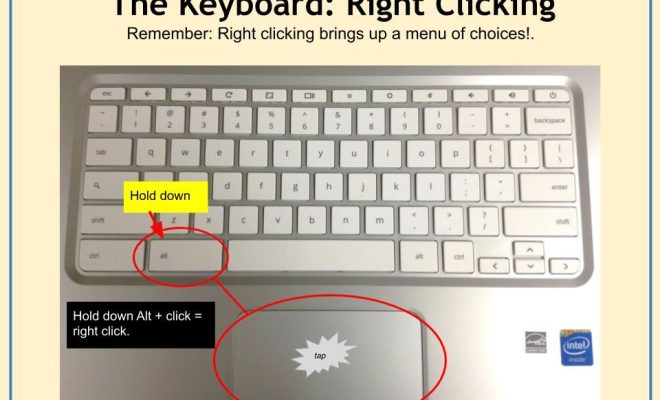USB4: Everything You Need to Know

USB4 is the latest and greatest version of the popular Universal Serial Bus (USB) interface. It was officially announced in 2019 and was developed by the USB Implementers Forum (USB-IF). With USB4, users can expect faster speeds, increased compatibility, and improved efficiency.
What is USB4?
USB4 is the next iteration of the USB standard, which is used to connect devices such as keyboards, mice, printers, and storage devices to computers and other devices. It was designed to improve upon the previous USB 3.2 standard by offering faster data transfer rates, more efficient power management, and better device compatibility.
What are the benefits of USB4?
One of the primary benefits of USB4 is faster data transfer speeds. USB4 offers speeds of up to 40 Gbps, which is twice as fast as the current USB 3.2 standard. This means that users can transfer large files such as videos and images more quickly than ever before.
Another benefit of USB4 is improved device compatibility. USB4 is designed to work seamlessly with existing USB and Thunderbolt 3 devices, making it a versatile and flexible standard. USB4 also offers more efficient power management, allowing devices to charge more quickly and efficiently.
In addition, USB4 features a new dual-lane architecture, which allows for multiple data and display protocols to be transmitted simultaneously. This means that users can connect multiple devices to a single USB4 port and still enjoy fast transfer speeds and high-quality display output.
What devices support USB4?
Currently, there are limited devices that support USB4. However, it is expected to become more widely adopted in the coming years as more manufacturers begin to release products that support the new standard. Some of the devices that currently support USB4 include the latest Apple MacBook Pro and Dell XPS laptops.
What’s the difference between USB4 and Thunderbolt 3?
USB4 and Thunderbolt 3 are similar in many ways, but there are a few key differences. Thunderbolt 3 offers faster data transfer speeds of up to 40 Gbps, but it requires a special Intel controller and is not as widely adopted as USB4. USB4, on the other hand, offers similar transfer speeds and is more widely compatible with existing devices.
Final thoughts
USB4 is the future of USB technology, offering faster data transfer speeds, improved device compatibility, and more efficient power management. Although it is still in the early stages of adoption, it is expected to become the new standard in the coming years. As more devices begin to support USB4, users will have even more options when it comes to connecting and transferring data between devices.






